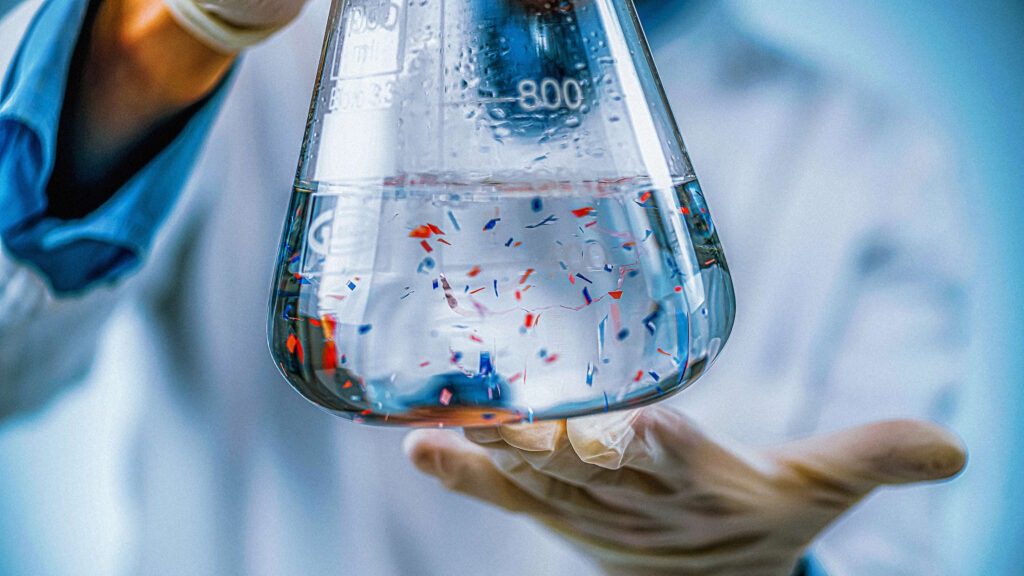Results of a Randomized Controlled Clinical Trial at a 6-Month Follow-Up

Achilles tendinopathy is a medical condition where the Achilles tendon, located at the back of the ankle along the heel bone, is inflamed due to overuse and microtears in tissue. Common symptoms of this condition include pain and swelling in the region behind the heel, as well as stiffness after periods of rest. This type of tendinopathy is most commonly seen in runners and other athletes who engage in activities that involve repetitive motions. It may also be found among people with flat feet or other biomechanical abnormalities.
It can have a significant impact on individuals’ quality of life, making it vital that we strive to develop more effective therapies than what is currently available. Providing therapeutic interventions such as eccentric exercises are known to have an impact in improving symptoms but not all cases respond to these treatments. Patients often require long-term physiotherapy and lifestyle modifications or even surgery in order to gain relief from their symptoms.
Further research is needed to help develop innovative, evidence-based approaches aimed at helping patients with Achilles tendinopathy return to full activity levels with improved comfort and reduced risk of re-injury. This could potentially reduce health care costs associated with treating this condition as well as improve quality of life for those affected by it.
Stem cell therapy is an emerging technique gaining recognition in the medical field due to its promising results for treating chronic tendinopathy, such as Achilles tendinopathy. This minimally-invasive procedure encourages tissue regeneration and collagen production through the use of stem cells that are delivered directly into the damaged tendon.
The body’s natural response to injury is triggered by the presence of these cells, which can be cultured from a person’s own tissue or obtained through a reliable donor source. As more research continues to demonstrate its effectiveness, stem cell therapy could very well become an effective alternative to traditional treatment options – providing significant relief without surgery.
A study, Intratendinous adipose-derived stromal vascular fraction (SVF) injection provides a safe, efficacious treatment for Achilles tendinopathy: results of a randomized controlled clinical trial at a 6-month follow-up, looked into the potential of stem cell therapy for patients with Achilles tendinopathy.
Results of the Study
This study aimed to compare the efficacy of platelet-rich plasma (PRP) and stromal vascular fraction (SVF) injection for the treatment of Achilles tendinopathy, a condition which has shown conflicting results from PRP treatments. Forty-four patients with ages ranging from 18 to 55 were included in the trial.
Half of them underwent PRP with the other half receiving SVF. The patients were assessed pre-operatively, and then at 15, 30, 60, 120 and 180 days post-treatment using VAS pain scales and other tools. Ultrasound and magnetic resonance scans were also taken before treatment and 4 months later for patients who were located in the United States. During the procedure, 4 ml of either PRP or SVF was injected into the lesion site, intratendon and peritenon areas under ultrasonography guidance.
PRP and SVF injections were shown to be successful treatments for recalcitrant Achilles tendinopathy, as evidenced by the significant improvements seen compared to baseline. Patients in the SVF group showed faster results with VAS, AOFAS and VISA-A scores being significantly higher at 15 and 30 days post-treatment in comparison to the PRP group. The VAS pain scores improved significantly from above 6 to below 2, VISA-A scores improved from below 50 to almost 70, and SF-36 scores improved from below 45 to above 50.
Results from this study suggest that injections of leukocyte-rich PRP and adipose-derived SVF can provide significant clinical improvement in terms of pain relief and function restoration. Although the results were durable for up to 6 months, those who had received SVF injections showed faster recovery with a better outcome at 15- and 30 days follow up compared to the PRP group.
Both treatments were found to be safe and effective in treating recalcitrant non-insertional Achilles tendinopathy, with SVF allowing for more rapid improvements after 15 days. Further investigations are needed to determine the correlation between clinical and radiological findings and explore ways to improve evaluation tools to extend its use in clinical practice.
While this treatment appears promising in early studies, larger clinical trials are needed before definitive conclusions can be drawn. As physicians consider the use of stem cell therapy for the reduction of crippling Achilles tendon pain, attention should be paid to ensure that only safe and effective products are used.


